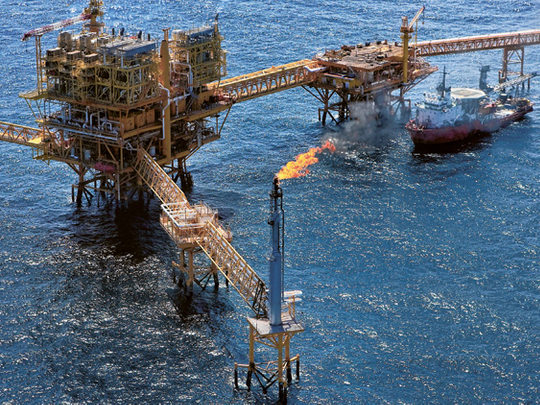
Paris: Oil supplies from outside the Organisation of Petroleum Exporting Countries (Opec) will be higher than previously estimated next year on "stronger" output from North America and China, the International Energy Agency said.
Non-Opec producers will provide 53.4 million barrels a day in 2011, or 250,000 barrels more than the agency's estimate a month ago. The supply predicted increase is less than this year's gain. Worldwide crude consumption will advance 1.2 million barrels a day, or 1.4 per cent, in 2011 to 88.5 million barrels, the IEA said in a report yesterday. The demand growth forecast is little changed from last month's.
In the US, onshore projects and natural gas liquids output will help compensate for reduced offshore supplies following this year's drilling ban, the IEA said. Estimates for Mexico were raised as falling production at mature fields slows, while projections for Chinese output were boosted by 100,000 barrels a day.
Delays
"We have stronger output in North America, coming from the US despite the delays that are racking up in the Gulf of Mexico," David Fyfe, head of the IEA's oil industry and markets unit, said by phone from Paris. "Mexico has been very successful in stemming declines, and in China offshore production is a little bit higher than we expected."
Crude oil futures rose to a two-year high of $88.63 (Dh325) a barrel in New York Thursday after US inventories unexpectedly declined and Chinese refiners bolstered processing rates to a record. JPMorgan Chase and Co and Bank of America Corp's Merrill Lynch have predicted oil may rise to $100 a barrel in 2011 as a weaker dollar draws investors to commodities.
Price bubble
The IEA said there are risks of a "price bubble," and that the outlook for rising prices may be undermined by the "fairly comfortable" balance of supply and demand that is likely to hold next year.







_resources1_16a30b3eac4_small.jpg)




